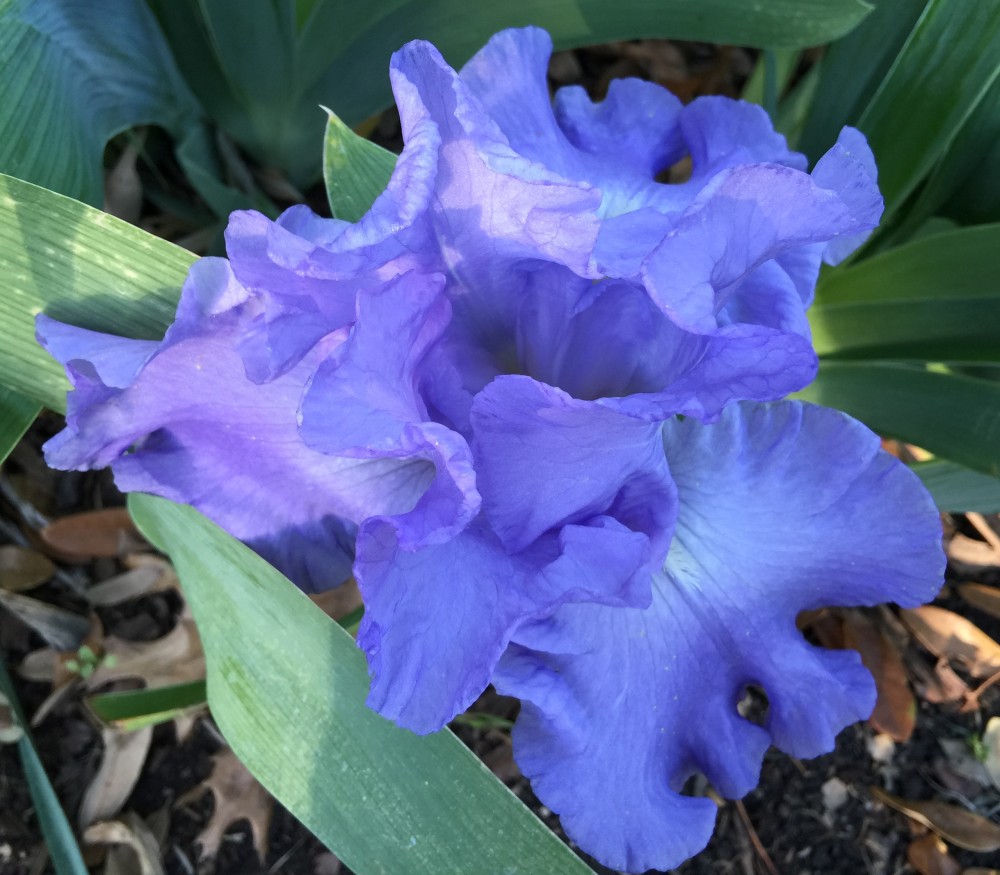What is a blue moon and when is it?
Last Tuesday night, August 20, 2013, after I arrived home to Texas from Minnesota, there was a blue moon. I didn’t have anything to do with it, and the moon was not blue, but I did notice there was a full moon.
A blue moon can be confusing.
One lunar cycle, the lunation or time between full moons, is about 29.53 days, which is slightly less than a calendar month. If you divide the 365.25 days in the solar year by this lunation number of 29.53 days, you discover there should be 12.37 lunations or full moons in a year. This is a ridiculous result. You cannot have a 0.37 full moon. It would not be full. It would be a 1/3 moon, not a full moon at all. So, Mother Nature steps in and corrects the astronomers. She saves up those 1/3rd moons. Every two to three year, when the three thirds equals a whole, she takes that saved full moon in her pocket and drops it into a month of her choosing to make the lunar calendar right. Great Job, Mother Nature!
That’s what I understand to be the blue moon, the extra full moon in a solar year that normally has only 12 full moons. The lucky-13 full moon is the blue moon.
Unfortunately, this whole Mother Nature thing is apparently confusing to the scientists, astronomers and writers of the Farmers’ Almanac. They agree that the blue moon is an extra full moon in a 2-to-3-year cycle, and they agree it is not blue (which is a whole other discussion of why it is called blue when it isn’t blue — which we don’t have time for in this post); but some of the experts want to define the extra moon as the second full moon occurring in a calendar month which normally has only its one full moon, while other experts want to say it is the third full moon in a season of the year with four full moon, rather than the normal three. Remember the seasons (spring, summer, fall and winter) are the three-month intervals between the solstices (longest and shortest days) and the equinoxes (days of equal light and dark), as opposed to the calendar quarters. This debate over calendar quarters versus seasonal quarters does not change the fact that there is an extra full moon, but it does change the full moon you pick to be the blue moon.
The bottom line here is that the blue moon last Tuesday was blue according to the seasonal approach, but the moon was not blue according to the calendar approach. For the seasonal believers, the next blue moon has been selected to be May 21, 2016. For the calendar followers, the next blue moon will be July 31, 2015. Neither will be blue.
I hope this is as confusing to you as it is to me.
There are blue-colored moons. This visible effect is caused by smoke or dust particles in the atmosphere. The blue-colored moon observed over Edinburgh, Scotland in 1950 was caused by moonlight traveling through a cloud of particles from forest fires in Canada. Blue moons have also been reported after the Krakatoa, Indonesia volcanic blast in 1883, the Mount St. Helens, USA explosion in 1980, the El Chichon, Mexico volcano in 1983, and the Mount Pinatubo, Phillipines volcanic activity in 1991.
However determined or observed, it is the rarity of the blue moon which apparently resulted in the colloquial expression: “Once in a blue moon.”
“Once in a blue moon.”
I like the phrase. A blue moon is something special. I’ve seen one in my life, and it was to me truly blue. An extra full moon is full, but it is not blue.
Sorry, astronomers, scientists and writers of Farmers’ Almanac, I’m sticking with my blue moon.
You know it when you see it,
Grandpa Jim
